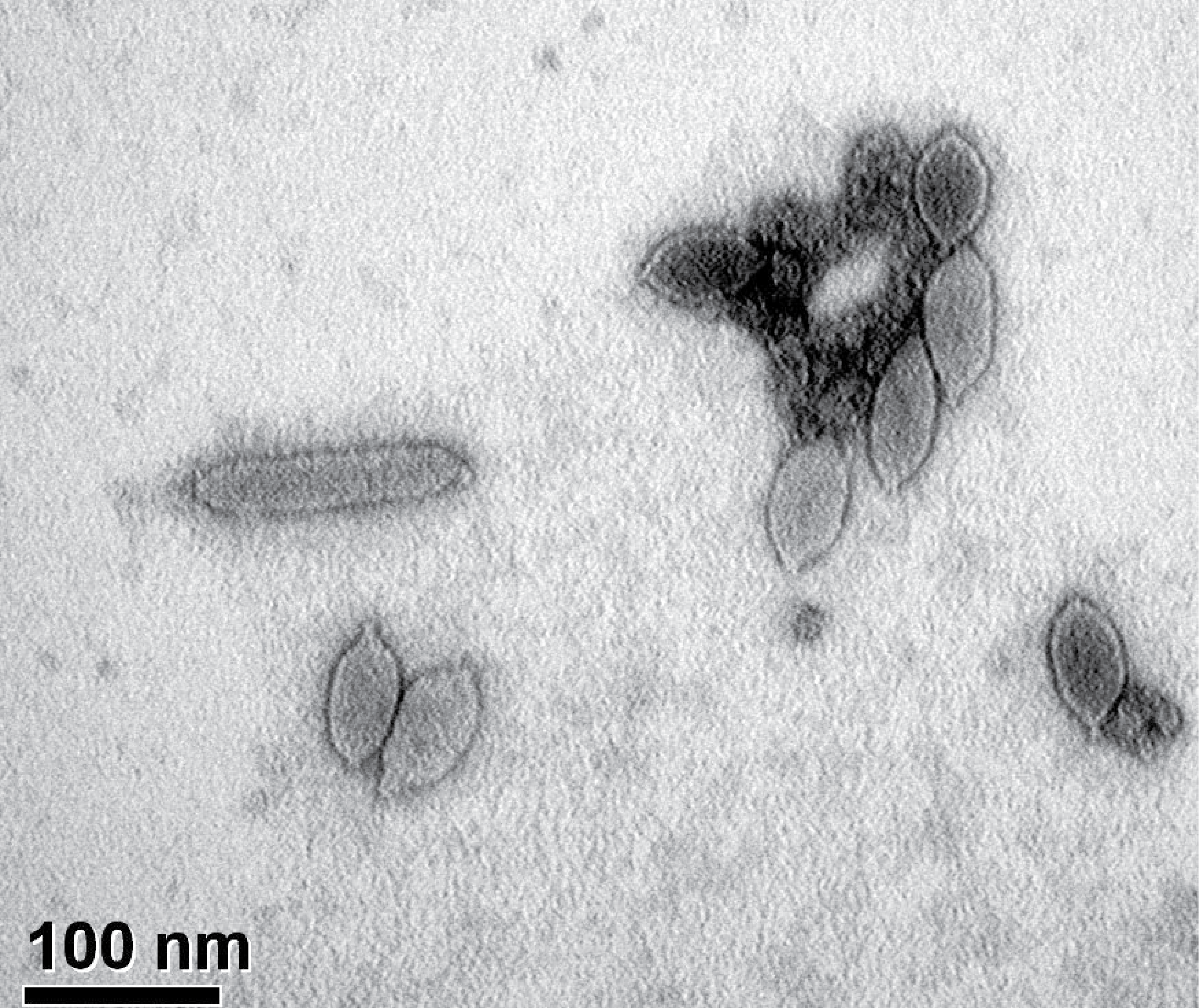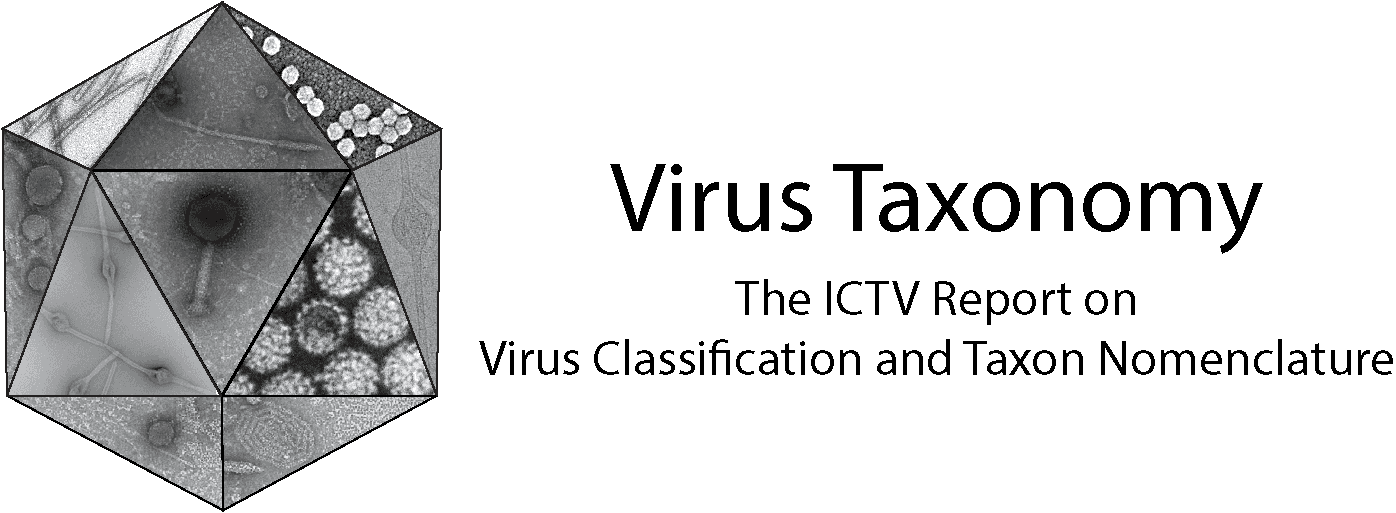Family: Halspiviridae (Interim Report)
This is a summary page created by the ICTV Report Editors using information from associated Taxonomic Proposals and the Master Species List.
Edited by: Mart Krupovic
Posted: April 2023, updated December 2024
Summary
The family Halspiviridae includes dsDNA viruses infecting the halophilic archaeon Haloarcula hispanica of the phylum Euryarchaeota (Table 1 Halspiviridae). The family, which was established in 2020, is not assigned to a higher taxon (Master Species List 35).
Table 1 Halspiviridae. Characteristics of members of the family Halspiviridae.
| Characteristic | Description |
| Example | His1 (AF191796), species Salterprovirus australiense, genus Salterprovirus |
| Virion | Spindle (lemon)-shaped virions, about 75 nm (long-axis) and 35 nm (short axis) (Figure 1 Halspiviridae) |
| Genome | Linear, double stranded DNA of 14.5 kbp (Figure 2 Halspiviridae) |
| Replication | Genome is replicated through protein-primed mechanism by virus-encoded family B DNA polymerase |
| Translation | Prokaryotic translation using viral mRNA and host ribosomes |
| Host range | Halophilic archaeon Haloarcula hispanica of the phylum Euryarchaeota |
| Taxonomy | 1 genus and 1 species (Figure 3 Halspiviridae) |
 |
| Figure 1 Halspiviridae. Transmission electron micrograph of His1 virions, negatively-stained with uranyl acetate. Image: Mike Dyall-Smith, from Wikipedia, used under a Creative Commons Attribution 4.0 International License. |
 |
| Figure 2 Halspiviridae. Genome organisation of a member of the family Halspiviridae. Boxes indicate open reading frames as annotated on GenBank accession AF191796. |
 |
| Figure 3 Halspiviridae. Taxonomy of the family Halspiviridae. |
Derivation of name
Halspiviridae; from halophilic and spindle-shaped.

